Gladys Glover has just lost her modeling job when she meets filmmaker Pete Sheppard shooting a documentary in Central Park. For Pete it’s love at first sight, but Gladys has […]

Gladys Glover has just lost her modeling job when she meets filmmaker Pete Sheppard shooting a documentary in Central Park. For Pete it’s love at first sight, but Gladys has […]
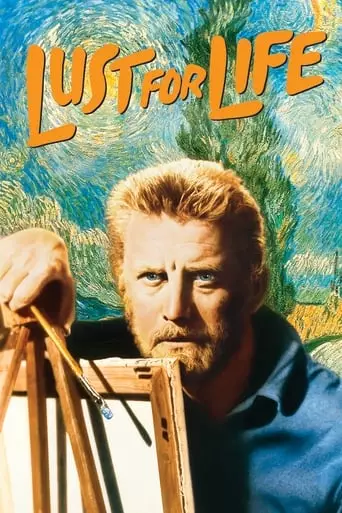
An intense and imaginative artist, revered Dutch painter Vincent van Gogh possesses undeniable talent, but he is plagued by mental problems and frustrations with failure. Supported by his brother, Theo, […]
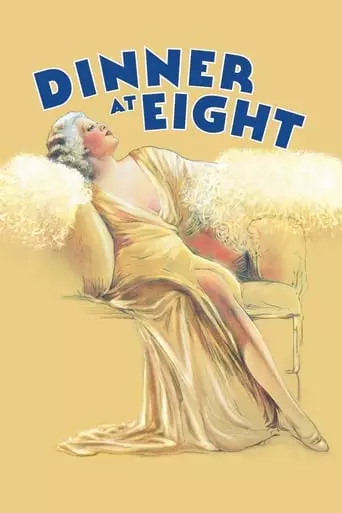
An ambitious New York socialite plans an extravagant dinner party as her businessman husband, Oliver, contends with financial woes, causing a lot of tension between the couple. Meanwhile, their high-society […]
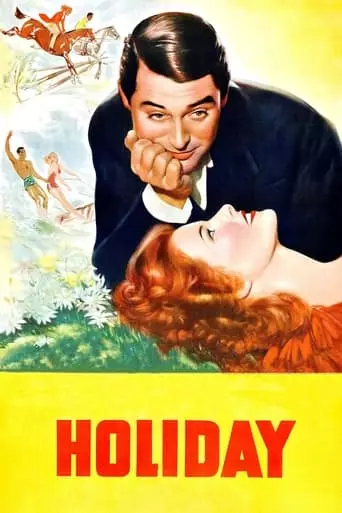
Johnny Case, a freethinking financier, has finally found the girl of his dreams — Julia Seton, the spoiled daughter of a socially prominent millionaire — and she’s agreed to marry […]
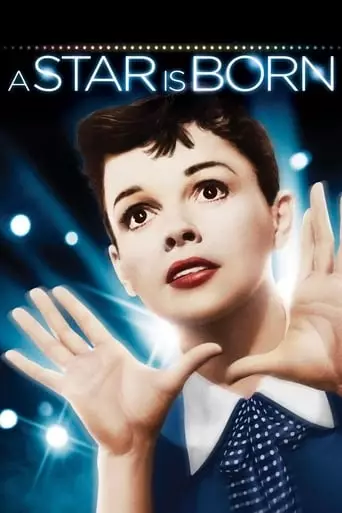
A movie star helps a young singer-actress find fame, even as age and alcoholism send his own career into a downward spiral.

When a woman attempts to kill her uncaring husband, prosecutor Adam Bonner gets the case. Unfortunately for him his wife Amanda (who happens to be a lawyer too) decides to […]
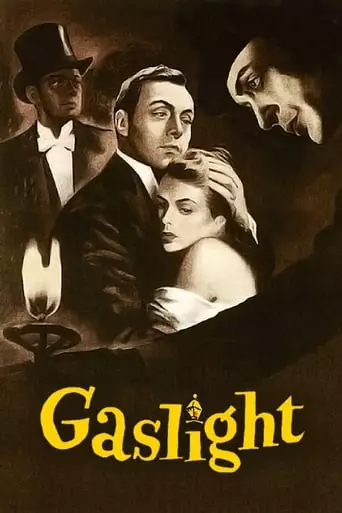
A newlywed fears she’s going mad when strange things start happening at the family mansion. Gaslight (1944) is a gripping psychological thriller that has left an indelible mark on cinema […]
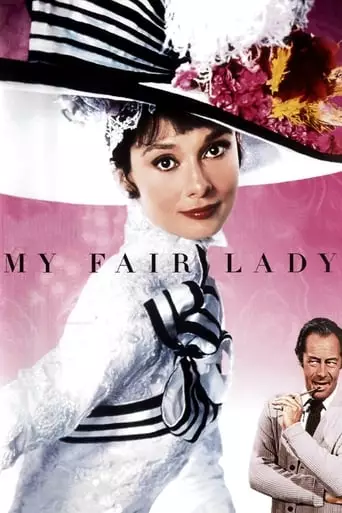
A snobbish phonetics professor agrees to a wager that he can take a flower girl and make her presentable in high society.

When a rich woman’s ex-husband and a tabloid-type reporter turn up just before her planned remarriage, she begins to learn the truth about herself. The Philadelphia Story (1940) is a […]

The spoiled daughter of a Georgia plantation owner conducts a tumultuous romance with a cynical profiteer during the American Civil War and Reconstruction Era. Gone with the Wind is a […]
George Cukor: Hollywood’s Master of Character and Sophistication
George Cukor was one of Hollywood’s most accomplished and versatile directors, celebrated for his impeccable storytelling, deft handling of character-driven narratives, and a talent for bringing out the best in actors. Known as a “woman’s director” for his extraordinary ability to direct leading ladies, Cukor’s career spanned over five decades and produced some of the most enduring classics of American cinema.
From screwball comedies to literary adaptations, Cukor’s films reflect a keen eye for detail, a love of dialogue, and a sophisticated sensibility that remains influential to this day.
Early Life and Entry into Film
George Dewey Cukor was born on July 7, 1899, in New York City. His parents were Hungarian-Jewish immigrants, and from a young age, Cukor showed an interest in the arts, particularly theater.
After briefly studying law, Cukor pursued a career in stage direction, working on Broadway in the 1920s. When the film industry began luring theatrical talent to Hollywood, Cukor made the transition, starting as a dialogue coach during the advent of sound in film. His skill with actors and dialogue soon earned him directorial opportunities.
Early Success and Collaboration with Stars
Cukor quickly rose through the ranks of Hollywood, directing notable early films like What Price Hollywood? (1932), which foreshadowed A Star Is Born with its exploration of fame and its costs.
He cemented his reputation with a string of successes in the 1930s, including:
Dinner at Eight (1933): A sharp, ensemble comedy-drama featuring an all-star cast, showcasing Cukor’s ability to balance multiple characters and storylines.
Little Women (1933): A heartfelt adaptation of Louisa May Alcott’s novel, starring Katharine Hepburn as Jo March, which remains a beloved classic.
Holiday (1938): A romantic comedy also starring Hepburn alongside Cary Grant, exemplifying Cukor’s knack for sparkling dialogue and nuanced performances.
Cukor’s collaborations with Hepburn became a defining aspect of his career, resulting in some of her most iconic roles.
The “Woman’s Director”
Cukor earned the moniker “woman’s director” not only because of his frequent partnerships with leading actresses but also due to his ability to showcase their talents and portray complex, multifaceted female characters. His sensitive direction elevated the performances of stars like Greta Garbo, Joan Crawford, Judy Garland, and Audrey Hepburn.
Notable examples include:
The Philadelphia Story (1940): A sophisticated romantic comedy featuring Katharine Hepburn in one of her most celebrated roles, alongside Cary Grant and James Stewart.
Gaslight (1944): A psychological thriller starring Ingrid Bergman, who won an Academy Award for her performance as a woman being manipulated by her husband.
My Fair Lady (1964): A lavish musical adaptation of George Bernard Shaw’s Pygmalion, starring Audrey Hepburn and Rex Harrison, which won eight Academy Awards, including Best Director for Cukor.
Cukor’s films often centered on themes of personal transformation, identity, and resilience, resonating with audiences and critics alike.
Challenges and Triumphs
Despite his success, Cukor’s career faced challenges. In 1939, he was famously dismissed as the original director of Gone with the Wind. While the reasons remain speculative, his firing did not tarnish his reputation.
Cukor continued to thrive in the 1940s and 1950s, directing notable films such as:
Adam’s Rib (1949): A classic battle-of-the-sexes comedy starring Katharine Hepburn and Spencer Tracy, demonstrating Cukor’s sharp comedic timing.
Born Yesterday (1950): Featuring Judy Holliday in an Oscar-winning performance as a seemingly ditzy woman who reveals hidden intelligence and strength.
Later Career and Legacy
In the 1960s, Cukor adapted to the changing Hollywood landscape with projects like My Fair Lady and the poignant Rich and Famous (1981), his final film. His enduring ability to adapt to different genres and styles ensured his relevance across decades.
Cukor’s films have been celebrated for their wit, sophistication, and humanism. His legacy is further defined by his role as a mentor and confidant to many of Hollywood’s biggest stars, fostering a collaborative and respectful environment on set.
A Private Trailblazer
Cukor was also one of the few openly gay directors in Hollywood during an era when homosexuality was stigmatized. While he lived a relatively private life, his home became a social hub for Hollywood’s creative community, hosting legendary gatherings attended by stars, writers, and artists.
Conclusion
George Cukor’s contributions to cinema are as enduring as the films he directed. His ability to illuminate the intricacies of human relationships and to craft stories that are as entertaining as they are profound has left an indelible mark on Hollywood.
With a filmography that includes some of the most iconic works in cinematic history, Cukor remains a symbol of elegance, intelligence, and the power of collaboration in filmmaking. His artistry continues to inspire directors and captivate audiences, ensuring his place among the greats of cinema.